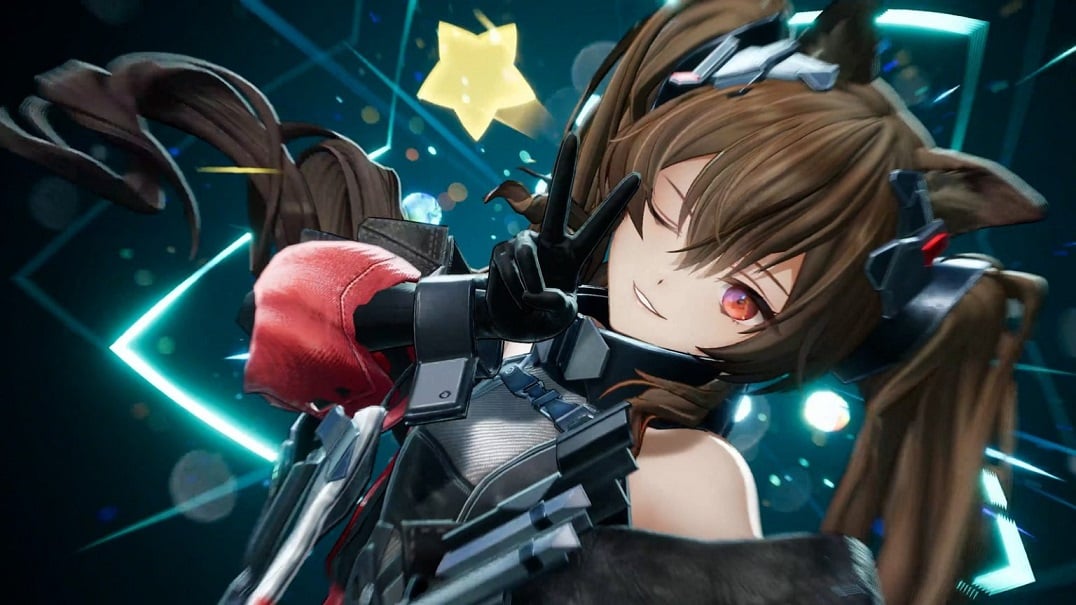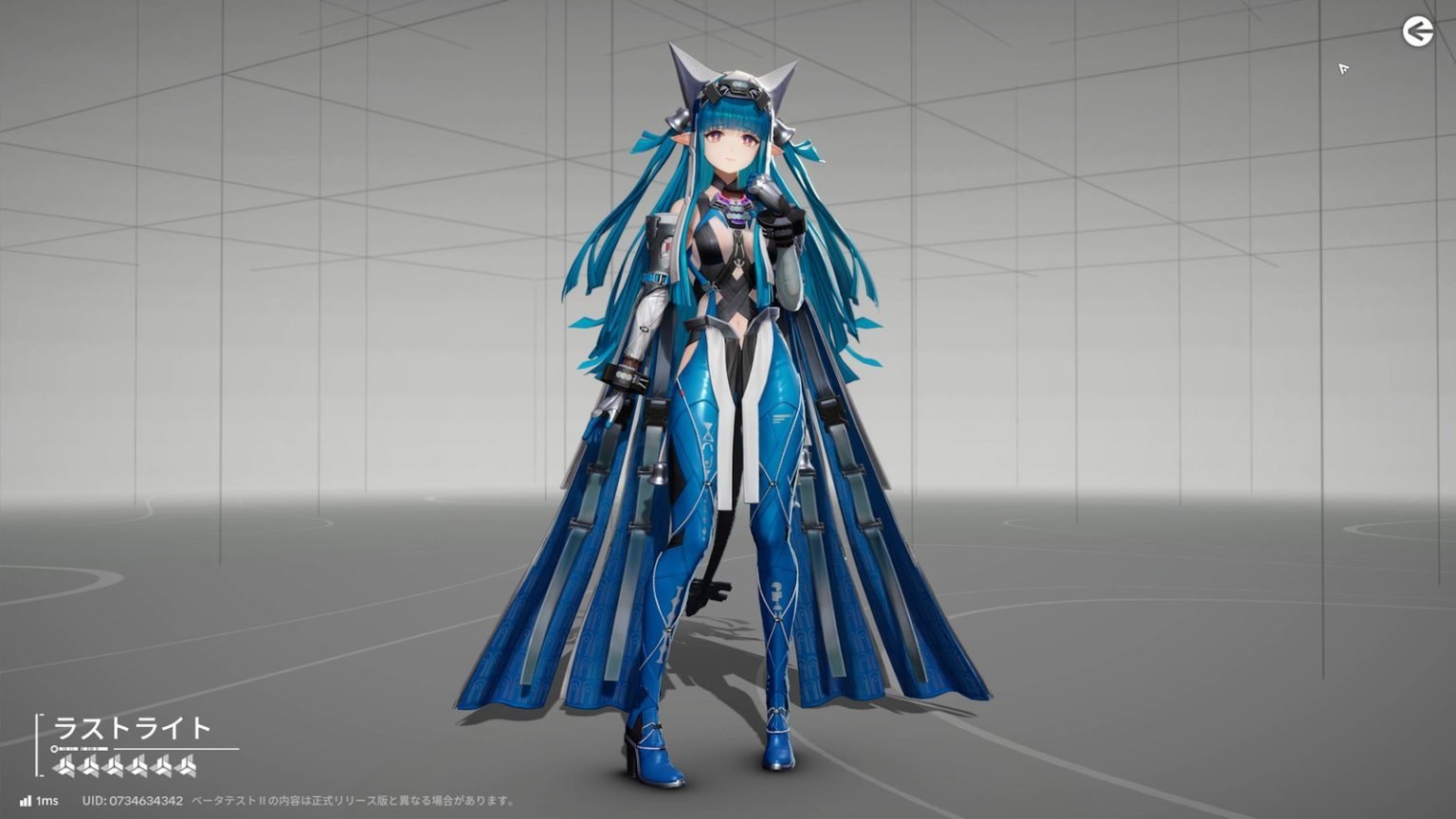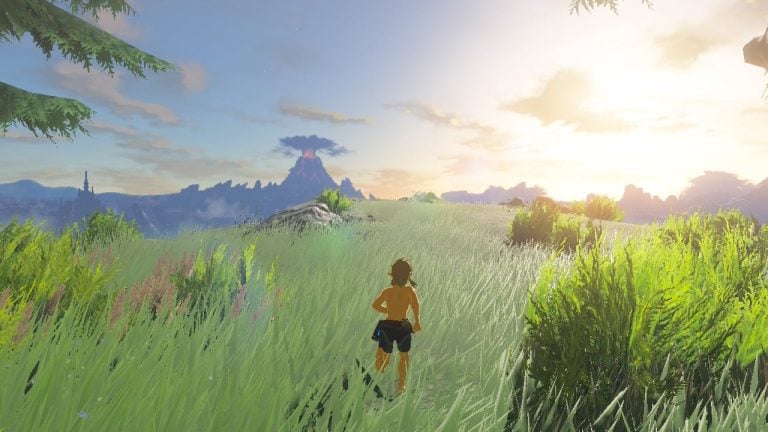Chinese developer Hypergryph held a media conference on November 11 to promote their upcoming free-to-play action RPG Arknights: Endfield. During the conference, the development team shared details about the game’s elaborate graphics, the implementation of which required heavy customization of the Unity engine.
Arknights: Endfiled is a spin-off to Hypergryph’s 2019 mobile game Arknights. It radically rebuilds both graphics and gameplay: from a 2D tower defense game to a 3D real-time strategic action game. While Hypergryph has previously used 3D graphics for Arknights cinematics, Endfield is the first title in the series that will be fully developed in 3D. Although they faced some trouble taking on such a big new challenge, the development team didn’t compromise at all when it comes to graphics.
For example, the character models for Endfield use about 80,000~100,000 polygons each (40~50,000 in the mobile version), which is, according to Hypergraph, about 1.5 times the average polygon count in other 3D games. Additionally, the game will display up to 4 playable characters on-screen simultaneously, which is quite demanding in terms of rendering. Endfield also features factory management/automation gameplay (similar to that of Coffee Stain’s Satisfactory), which means that the factory itself and the movable objects you deploy around it will also be constantly rendered on-screen, adding to the load. In conclusion – Endfield is a pretty heavy game, and to make it work, the development team had to significantly modify Unity’s rendering pipeline.

Earlier this year, the development team behind Endfield told AUTOMATON about some of these modifications. While Unity’s base structure, editor and tools were left as-is, everything else was overhauled, with the graphic rendering system getting a complete makeover. “The engine’s fundamental architecture uses a data-oriented ECS (Entity Component System) approach, allowing game components to be processed more efficiently. On top of that, we fully revised the graphics API to meet the game’s strict performance requirements,” they explained.

Additionally, Hypergryph developed their own shading technology that supports multiple platforms. As explained by the devs, “It’s often quite difficult to render dynamic shadows for distant objects, but in Endfield, dynamic shadows are rendered across the whole field, including objects in the near, mid and far background.” Even for the factory building system, Hypergyph implemented numerous optimizations and modifications to achieve dynamic lighting and shading, using in-house ECS-based data processing and rendering techniques.
While customizing existing game engines is nothing new in the industry, it is quite interesting to hear devs talk openly about the specific modifications they made to Unity. Judging by the recent explosion in graphically rich 3D games coming out from China, it seems like Unity has been taking on a completely different evolutionary path in the country.





